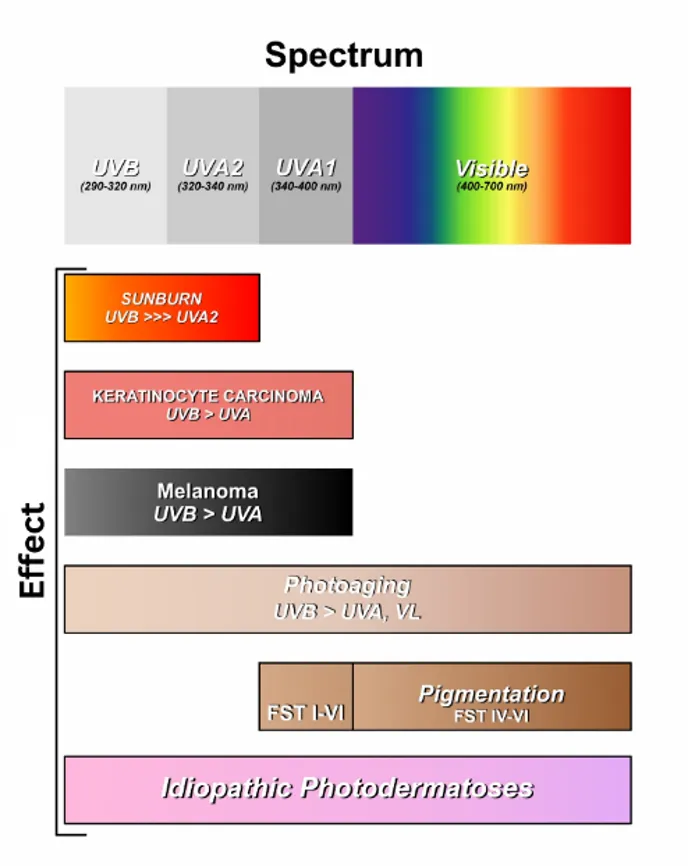
Sunscreen Superpowers Revealed: Your Friendly Guide to Cancer Prevention & Youthful Skin
2025-04-16 16:56Key Takeaways from JAAD Continuing Education Series
This article synthesizes critical findings from the Journal of the American Academy of Dermatology's continuing education module, examining:
1. Sunscreen Composition Essentials
Formulations: Diverse types exist, with ideal products forming stable uniform films. Spray formulas require careful application.
Active Ingredients:
● Organic filters (chemical): Primarily UVB protection
● Inorganic filters (ZnO/TiO₂): Broad-spectrum UVA coverage
Additives: Iron oxide enhances visible light protection.
2. Clinical Benefits Beyond Sunburn Prevention
● 40% reduction in squamous cell carcinoma with daily SPF 30+ use (Nambour Trial)
● 73% lower melanoma risk in regular users
● 24% decrease in photoaging signs with broad-spectrum protection
● 98% melasma prevention in high-risk pregnancies

3. Special Population Protocols
● Children: SPF 30+ after 6 months; physical barriers for infants
● BIPOC: Iron oxide-tinted SPF prevents pigment disorders
Part 1: Mastering Sunscreen Application
Illustration: Sunscreen reflecting UV rays
AAD's Evidence-Based Guidelines
➢ Apply broad-spectrum SPF 30+ 15 minutes pre-exposure
➢ 2-3 tablespoons for body; 1 teaspoon for face/neck
➢ Reapply every 2 hours; immediately after swimming
➢ Combine with hats/UPF clothing
Part 2: Cancer Prevention Mechanisms
Illustration: UV spectrum effects
2.1 Why High SPF Matters
● SPF 30 at 2mg/cm² → 30x MED enhancement
● Real-world use (0.5mg/cm²): SPF 30 → actual SPF 9
● Higher SPF maintains better protection under inadequate application
2.2 Skin Cancer Prevention Data
Nambour Trial (n=1,621):
● Daily users: 40% fewer SCCs at 4.5 years; additional 38% reduction at 8 years
● Melanoma: 50% overall reduction; 73% decrease in invasive cases
Conclusion: Sunscreen as Preventive Medicine
Modern formulations combine photostable filters (avobenzone+octocrylene), visible light blockers (iron oxide), and antioxidants to combat:
1. Cumulative DNA damage → skin cancers
2. Polychromatic light → pigment disorders
3. UVA1 penetration → collagen degradation
Dermatologists must advocate daily SPF 30+ use across all demographics.
